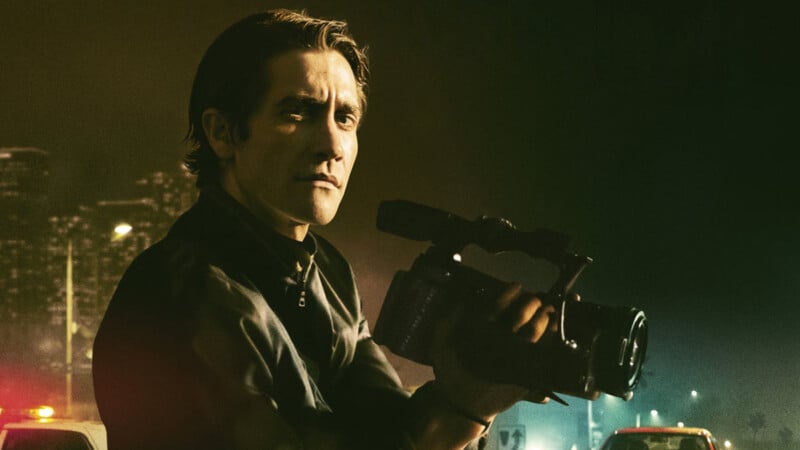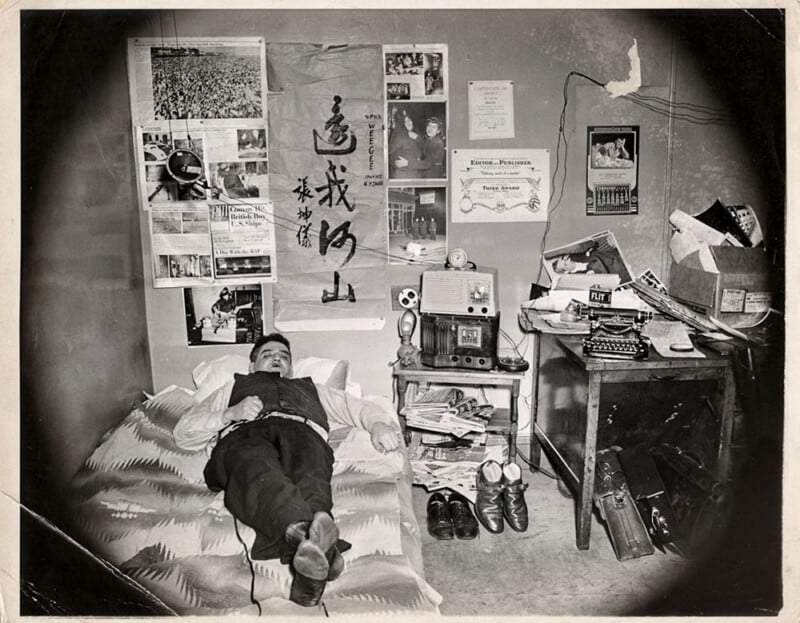Nightcrawler Photographers Unhappy as New York Police Encrypt Radios

Police in New York have begun encrypting their radios — denying photographers, sometimes known as nightcrawlers, the opportunity to arrive early at a crime scene.
The encryption of police radios is part of an upgrade that the New York Police Department (NYPD) says is essential to make its system compatible with those of federal agencies. News photographers, however, disagree.
Photographer Dakota Santiago says that he missed the murder of prominent community activist Ryan Carson in Brooklyn because it was in one of ten police precincts where the radio is now encrypted.
“It didn’t become news until two days later,” Santiago tells The Times of London. He says the encryption of police radios is “the most regressive policy.”
Nightcrawlers
Nightcrawlers are photographers or videographers who will stay up late into the night listening to open radio channels for clues on shootings, accidents, and any other drama that is newsworthy.
The 2014 film Nightcrawler starring Jake Gyllenhaal follows the story of a stringer who sells graphic videos to news stations in Los Angeles.
Listening to police scanners and following what emergencies are happening in the city is an artform itself; police don’t communicate clearly what is happening, instead they say things like “condition likely” which although may sound casual actually means “critical.”
The $500 million radio system that the NYPD has been rolling out since the summer means eventually all police frequencies will go dark — it will take five years to fully implement.

Photographers have been listening to police radio for decades, one of New York’s most famous ever photographers, Weegee, used a scanner in the 1930s and 1940s to arrive at crime scenes early where he captured brutal, unflinching photos.
Photographer turned media lawyer Robert Roth tells The Times of London that there should have been a public debate about the radios going dark.
“The NYPD literally flipped the switch and then they say, ‘Okay, what do you think about this?’ It’s backwards,” he says. “They should have asked.”
The NYPD says that criminal groups “have been known to monitor the radios” and carry out offenses in vulnerable areas. Chief of information technology at the NYPD Ruben Beltran says that last year a group of burglars proved difficult to catch and when police finally apprehended them they had radio scanners.